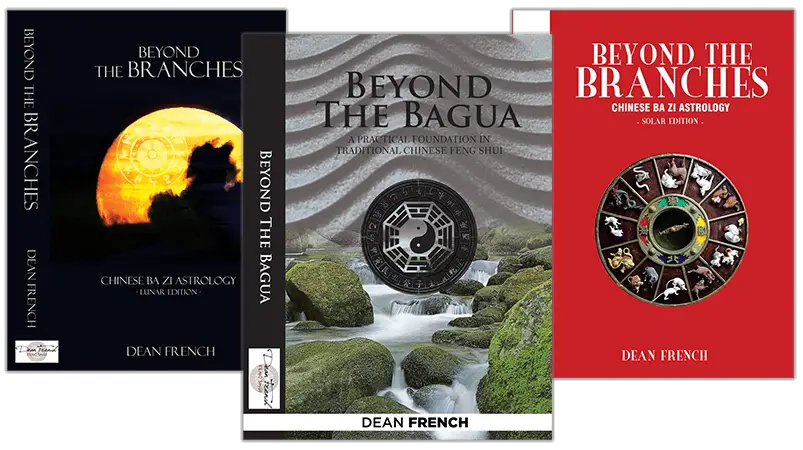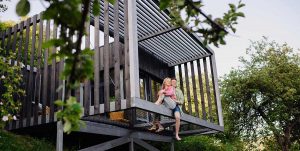What is 8 Mansions Feng Shui?
In this article, we will explore the 8 Mansions Feng Shui school. This school has been used for centuries to provide insight into our surroundings and how they affect us. The basis of the eight Mansions Feng Shui school is Ba Zhai in Chinese, which means “8 palaces” or “8 mansions.”
There are four good and bad directions which can be based on the facing or sitting direction of the building depending on the sub-School teachings, as well as your birth Ming Gua.
The most important areas




The Main Entry Door or Gate
Where you enter and leave your home, it could be a front door or an opening in a wall that leads to the front door. This will represent family luck for those living there and wealth luck for businesses.
Stove and Fireplace Location and Direction
In Ba Zhai, the stove should be located in an area of your home that benefits from Fire Element. Consideration should also be given to ensuring that the direction that it faces towards is also supported by Fire or one where Fire controls negative Chi.
Bedroom & Bedhead Location and Direction
In Ba Zhai, it is preferable to locate bedrooms in one of the house’s 4 positive sectors with the bedhead pointing towards the individuals good direction. These rules are in conjunction with some general Feng Shui guidelines such as feet pointing towards the bedroom door, large mirrors or televisions in the bedroom. You can even divide the bedroom into sectors and ensure that the door is also supporting the Chi of the room and bed.
Bathroom and Laundry/Utility
These rooms are considered to be Water Element and so Ba Zhai looks for directions that can utilize Water in the same way as the stove is used for Fire Element. Since they also have drains that lead away from the house, they need to be considered as part of the Chi flow analysis in addition to Ba Zhai.
The Four Good Directions
A - Sheng Chi
The “Generating Breath” represents abundance and happiness and has the most vital energy influence. This is the location/direction to place main entrance, major rooms (such as office or study) and top of bed. Its Element is Wood.
B - Tien Yi
“Doctor From Heaven”. This is the direction for bedrooms, bathrooms and the top of your bed when sick. Supporting your own Ming Gua Element in this area improves longevity and is also good for mental focus and prosperity. Its Element is Earth.
C - Yien Nien
“Longevity with Rich Descendants” is best for family – rumpus/toy room and lounge rooms. Combine the elements of all household members to create an harmonious and supportive atmosphere to improve communication, either between romantic partners, family members or among business partners. Its Element is Metal.
D - Fu Wei
“Overall Harmony” gives stability and is the direction to place a meditation or self-improvement area. This is also a great area to place statues and images of religious or Bodhisattva figures. Its Element is Wood.
The Four Bad Directions
E - Wo Hai
“Accidents and Mishaps” leads to misfortune and misadventure. Things never go to plan in this position. Try not to place the study here. Its Element is Earth.
F - Liu Sha
“Six Killings”, “Six Sha”, “Six Demons” leads to conflicts and disharmony. Poor elemental balances will lead to arguments at home and work. The family room shouldn’t be placed in this direction. Its Element is Water.
G - Wu Gui
“Five Ghosts”, “Five Devils” leads to legal and health problems. Try to avoid placing any major rooms in this area. Its Element is Fire. A good place for the laundry or bathroom.
H - Jue Ming
“Total Loss of Descendants” leads to calamity and adversity, “severed fate”. Place toilets and storerooms only in this area where possible, keep activity to a minimum. Its Element is Metal.
Like this article? Tap to share
Should you use Eight Mansion Feng Shui?
The 8 Mansions, or Ba Zhai School becomes relatively straight forward to use when you learn the Cycles of the Five Chinese Elements and how to layer your calculations for the house and Ming Gua’s. It is a very useful school of Feng Shui when used and applied correctly.
Going beyond the basics shown here, there are advanced Ba Zhai schools that sub-divide the 8 major directions into a total of 24 allowing the Feng Shui Master to refine their recommendations even further, down to the centimetre if need be.
Master Edgar Lok Tin Yung has generously made a course that teaches anyone how to use the 8 Mansions in many situations, you can watch part 1 here.
Chinese Zodiac and Astrology Resources
Learn the Ancient Chinese Arts of Feng Shui, Lunar Chinese Astrology, and Solar Chinese Astrology with Dean’s Comprehensive Bundle!
Get everything you need to start learning these ancient arts in one convenient bundle. This bundle includes detailed course notes and examples covering everything from the basics of Feng Shui to the more advanced concepts of Lunar Chinese Astrology and Solar Chinese Astrology.
They are clear, concise, and easy to follow, especially for beginners. You’ll learn everything you need to know to improve your life with the help of these ancient arts.
Limited time offer: Get a $150 bundle discount ($747 down to $597) when you purchase all three courses today!







